Bryce Canyon is known, at least by Janet, for two things — lots of expansive views of the canyon full of hoodoos and bristle cone pines. We’ll start with the latter item first.
Bristle cone pines are a very slow growing tree, which will easily be out competed by other varieties at lower altitudes. They grow very gnarly , in part because the majority of the tree can, and probably will. be dead while still supporting a small offshoot. According to a fellow tourist, they will eventually be extinct because of global warming allowing the competing pines to take over the higher reaches where they live. For our purposes, they make some really cool pictures of old, twisted, knotted, weathered, dead or mostly dead trees.
The hoodoos are rock formations which consist of many ‘small’ towers of rock left by years of erosion. I’d venture a guess that they’re formed in a similar manner to the fins that we saw in Arches, where layers were deposited, which a more durable layer on top which partially eroded and left small caps, protecting the column of rock under it from eroding away. Bryce is not the only place to see these, but it has a very high density of them.
Bryce was mostly a driving tour with one longer hike at the end of the day on the Navajo Trail. I think we drove as far as Grand Junction that night. Most of the pictures for this day don’t have much in the way of captions, since the captions would be something along the lines of tree #1, tree #2, tree #3.
As a side note from the trip, I think Bryce Canyon was probably one of the most difficult places on our trip to take good pictures. I took hundreds of them, but very few really look the way I want them to. There were two things that stood out: First, I thought it made sense to use a polarizing filter. This cuts down on the light from the sky, evening out the brightness contrast in the shot (see thing two), but does so unevenly. Since the sky was clear and very uniform, this leaves an end image with an odd gradient across the sky, or nice blue sky with a near white horizon line. I probably should have just bracketed some shots for later compilation.
Two, in contrast to our time in Arches, there wasn’t a cloud in the sky at Bryce. This made all the lighting very harsh and highly contrasted with the shadows being cast by the cliffs that we were standing on. This combination causes a shot with a very high dynamic range and is difficult for the camera to deal with. I think Canon is seriously lagging in this area also (http://www.dxomark.com/index.php/Cameras/Camera-Sensor-Ratings) with the best sensors today having 17 stops of dynamic range vs. my 60D having just over 11. For those who don’t know, a stop is a doubling of light, meaning that my camera can handle about a 2^11 (2048x) difference in light from darkest to lightest before things start looking pure white or pure black. A sensor with a dynamic range of 17 stops can handle a difference of 131000 x which is significant.
As a result of these two items, some of the pictures, which could be quite amazing, will probably take a good amount of post processing work just to get to acceptable. There is also the fact that professional photographers will go to a place when the lighting is right to compliment that place’s features. We, on the other hand, were going to these places on vacation and just engaging in the hobby of photography along the way.



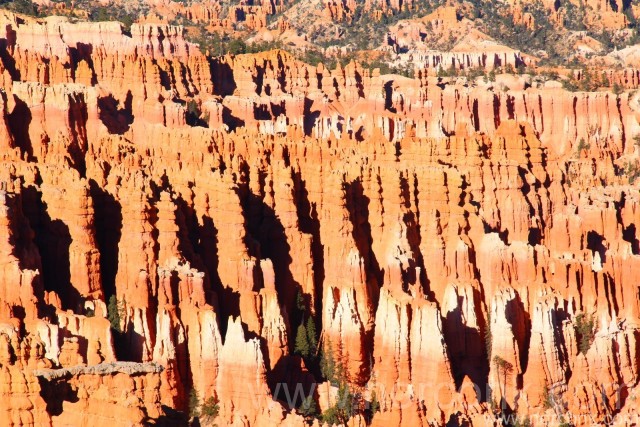

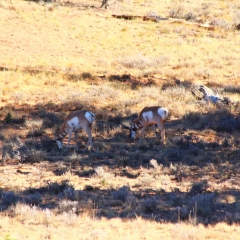

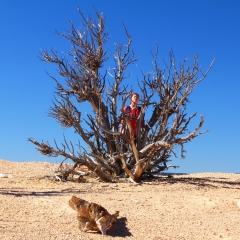

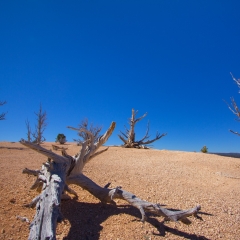
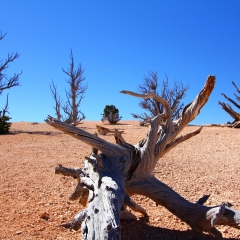
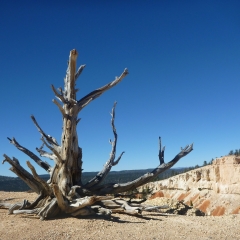
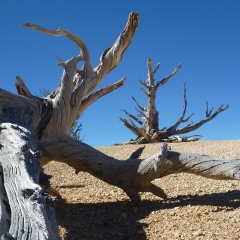
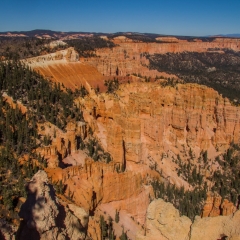
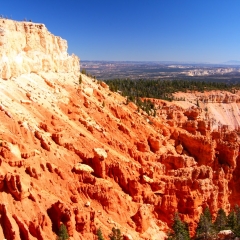
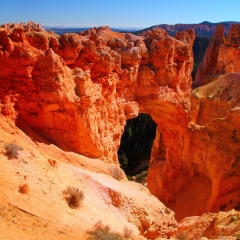
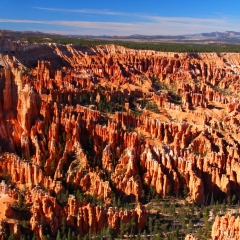
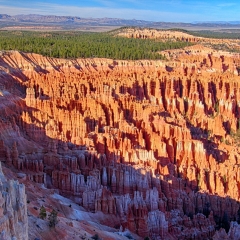
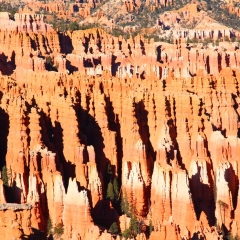
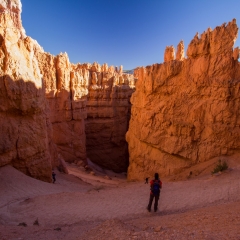
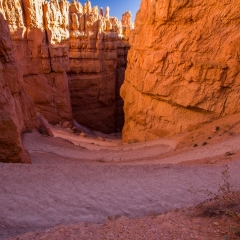
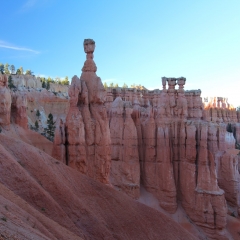
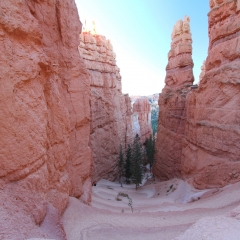

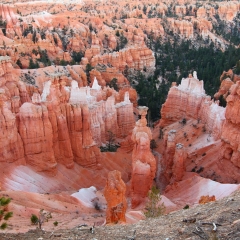
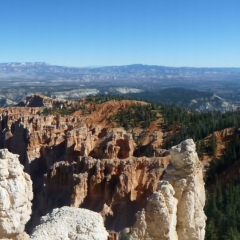

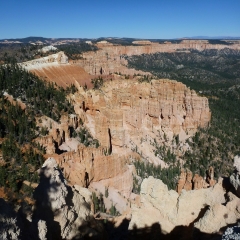

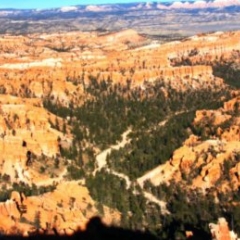
Pingback: Bryce Canyon Hoodoos - The Norconk